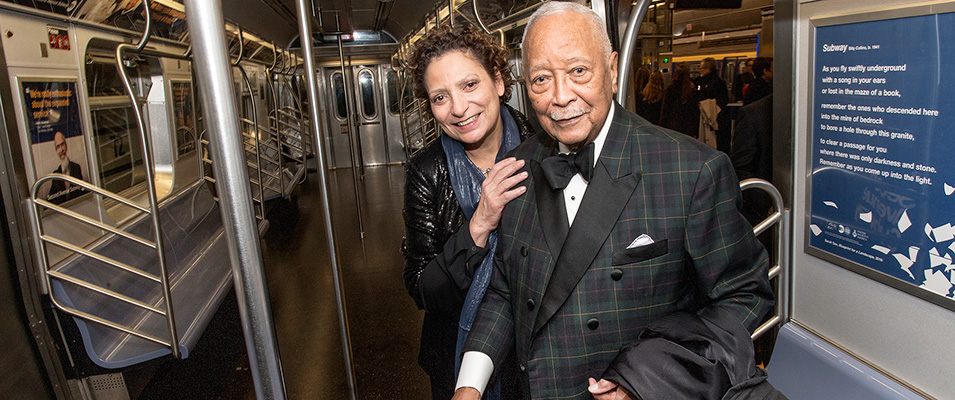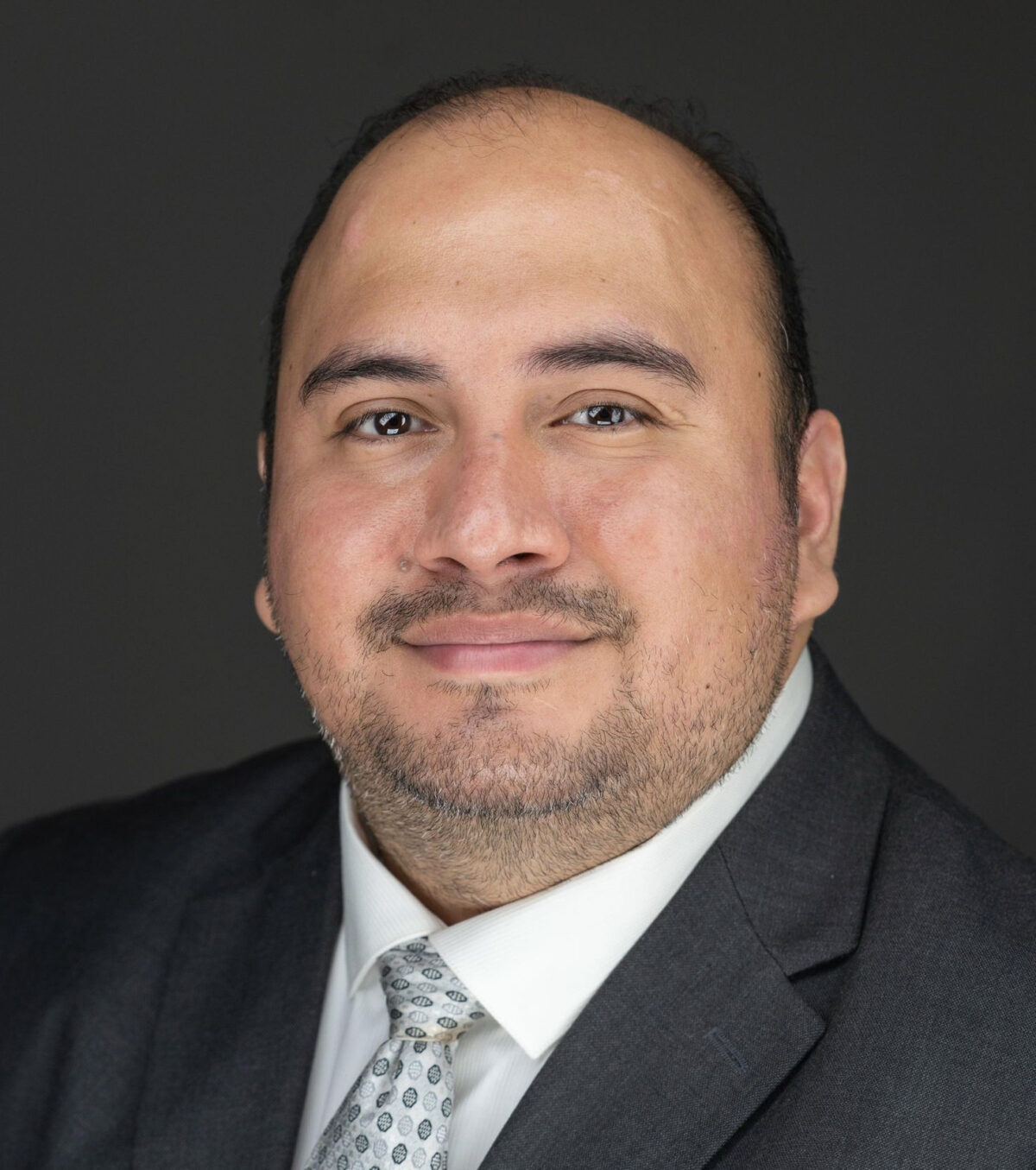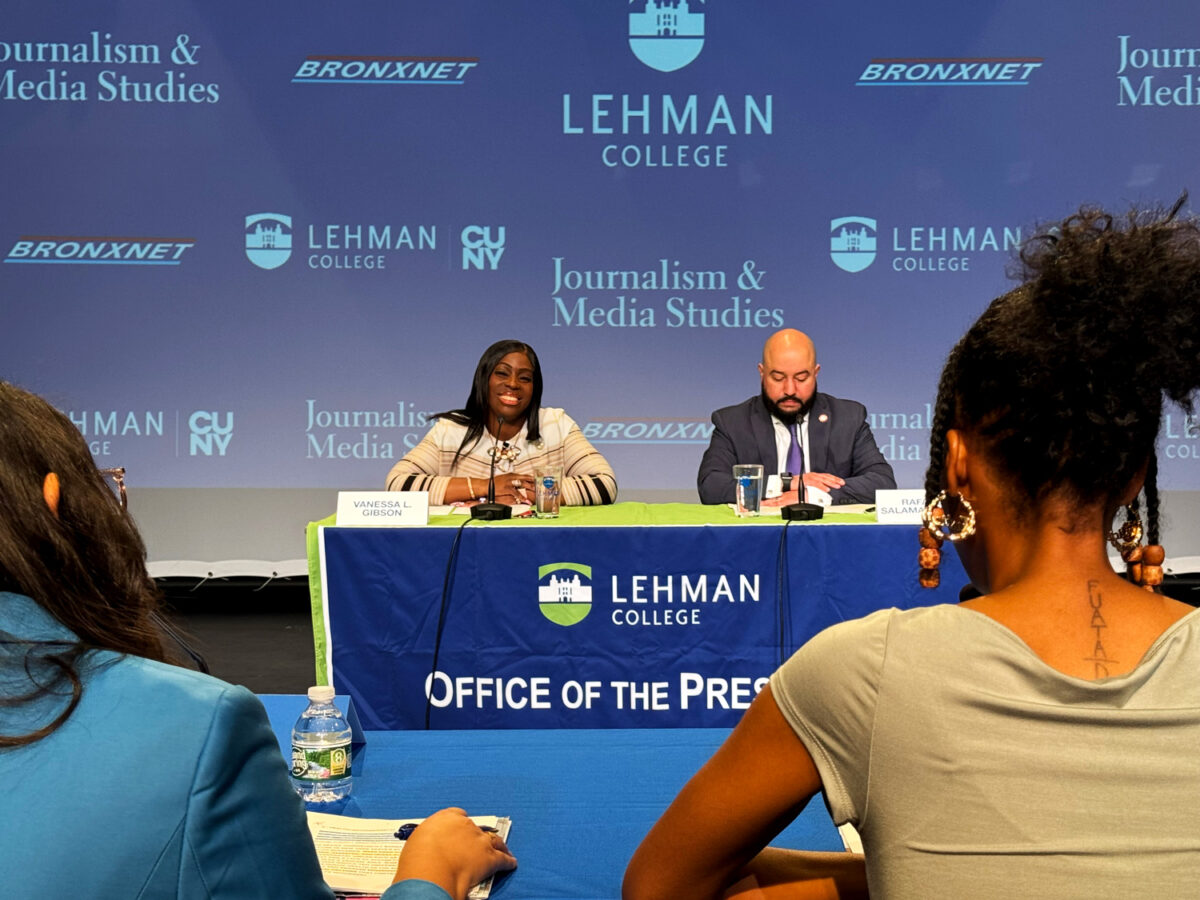The inaugural ride of the Second Avenue Subway on December 31, 2016. (Metropolitan Transportation Authority / Patrick Cashin)
By Jim Carney
The mayor was late. We had been filling air time since the top of the hour because his driver said “he was moments away.” I paced in the control room sipping coffee – despite the lateness of the day, while my talk show host David Dinkins, quietly read his notes sitting silhouetted on the darkened studio set. Six minutes after the scheduled start time for the live call-in cable TV show, Ed Koch swept through the studio door with a clamor and sat across from Dinkins while technicians placed a microphone on his wrinkled lapel and adjusted his chair. As the two politicians traded somewhat strained pleasantries, my crew and I started the countdown. After the fade-up I counted down the command to bring up the lights to have the stage emerge from the shadows to start the show.
“3-2-1… Open Mics, bring up the lights!”
Nothing.
I repeated the command – the third time with appropriate profanities – and resisted the urge to throw my coffee cup at the monitor wall in the control room. Koch muttered “We’re supposed to be live, right?”
Dinkins replied calmly “Yes we are.”
It took about eight seconds for my crew chief to rush onto the studio floor and push the technician (who lied about understanding the lighting controls) out of the way to bring up the lights. David Dinkins took his cue, and calmly welcomed his viewers and the current Mayor of New York City to his weekly call-in Cable TV show “The Manhattan Report with David Dinkins.”
For about two years, during his tenure as the president and chief executive of the borough of Manhattan, I had the honor and pleasure of producing and directing that live, weekly production with Dinkins. The night of the lighting debacle was a few days before he would formally announce his intentions to challenge his guest, the irascible Ed Koch, in the 1989 Democratic mayoral primary. Dinkins would go on to win and narrowly defeat the Liberal, Republican candidate Rudolph Giuliani in the November general election.
Dinkins inherited a city in disarray, reeling from sensational, racially-charged incidents like the Central Park jogger case, that later spun out of control into the Central Park 5 tragedy. He faced an extremely high crime rate and a struggling economy. And of course, there was the matter of race.
The incident that he later feared would be the lead in his obituary – the Crown Heights riots – was used by Rudy Giuliani to scratch out win in a 1993 rematch, with a similarly razor-thin margin.
Largely forgotten is that Dinkins is credited with both enlarging the NYPD and establishing the Civilian Complaint Review Board – perhaps understanding the subtlety required in matters of extreme complexity, such as crime and race relations. His administration brought together those of us in the bitterly competitive local news and media business to form a project called “Choose to Diffuse” designed to preach the value of de-escalation – long before the word was embraced as a valuable tool in civil society.
He was criticized as not being a man of action in a time of crisis, but in the hindsight provided by time and subsequent consequences, maybe reactionary “shooting from the hip” appears rarely the most effective or enduring response. Dinkins was far from perfect. He brought with him to City Hall a cast of characters that were often not up to the pressures of politics and bureaucracy on the grand scale of the second most difficult office in the nation, and he made decisions he later would regret.
When he gracefully transferred the reigns of city government over to his duly- elected successor – Rudy Giuliani – the pundits, politicians and press were not kind to Dinkins. But it seems that history with context and perspective looks back at the Dinkins administration with a different filter.
This morning I woke to the news that my former talk show host, and the first African American mayor of NYC, had passed away at his upper Manhattan home at the age of 93. I didn’t see him as often during his single term as mayor and even less after his brief tenure at City Hall, but when I did, he was always warm and friendly.
Dinkins was a thoughtful, deliberate and compassionate man. He displayed these traits in his leadership, his mayoral style – and after his graceful departure from political service – in his role as elder statesman, and teacher. It is the immaculately tailored, smiling gentleman who swept into our Green Room each week reaching out his hand to everyone, asking how we and our families were (and meaning it) that I will remember.
It is that statesman that I associate with the Dinkins legacy as opposed to the reality TV stint of Koch on The Peoples Court, and the legacy Giuliani is cementing as we speak.
After his dramatic late entrance to the show, Koch’s “We’re live, right?” comment dripped with sarcasm and judgment. Dinkins’ “Yes we are” calmly acknowledged the crisis, assessed the situation and proceeded to make us forget the problem as he hosted a memorable and provocative cable TV talk show. He was that kind of host, and that’s the best a producer can ask for.








No comments